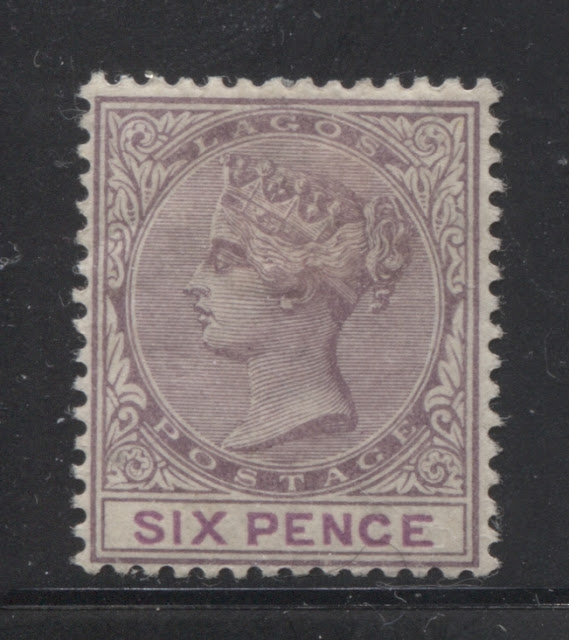Philately Versus Stamp Collecting - Two Very Different Hobbies and The Appeal of Stamps

In normal parlance the term "philatelist" and "stamp collector" are used synonymously, with many non-collectors often saying "what is that fancy word used to describe stamp collecting? I know it is "phil-a something. I can't pronounce it". Most collectors will then tell the person that a stamp collector is a "philatelist" or will otherwise agree with the person who equates the two, as if the two were playing a game of Trivial Pursuit. But as a dealer and professional philatelic blogger, it has occurred to me that philately and stamp collecting, though very close to one another, are not, in fact, the same thing. In the rest of this post, I will explain the difference between the two, and then I will conclude with some more reasons why I believe that both are the most rewarding of hobbies, and why I believe they are misunderstood by most people in general. Stamp Collecting Stamp collecting involves the pursuit and accumulation of st


